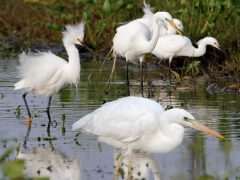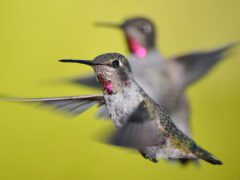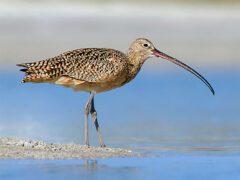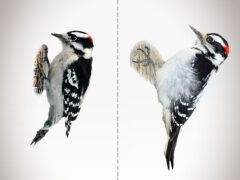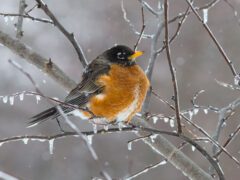Willets are large, stocky shorebirds with long legs and thick, straight bills considerably longer than the head. Their wings are broader and rounder than those of many shorebirds and the tail is short and squared off at the base.
Relative Size
A large shorebird with a pigeon-sized body on long legs

 crow-sized
crow-sizedMeasurements- Both Sexes
- Length: 13.0-16.1 in (33-41 cm)
- Weight: 7.0-11.6 oz (200-330 g)
- Wingspan: 27.6 in (70 cm)
- Length: 13.0-16.1 in (33-41 cm)
- Weight: 7.0-11.6 oz (200-330 g)
- Wingspan: 27.6 in (70 cm)





































